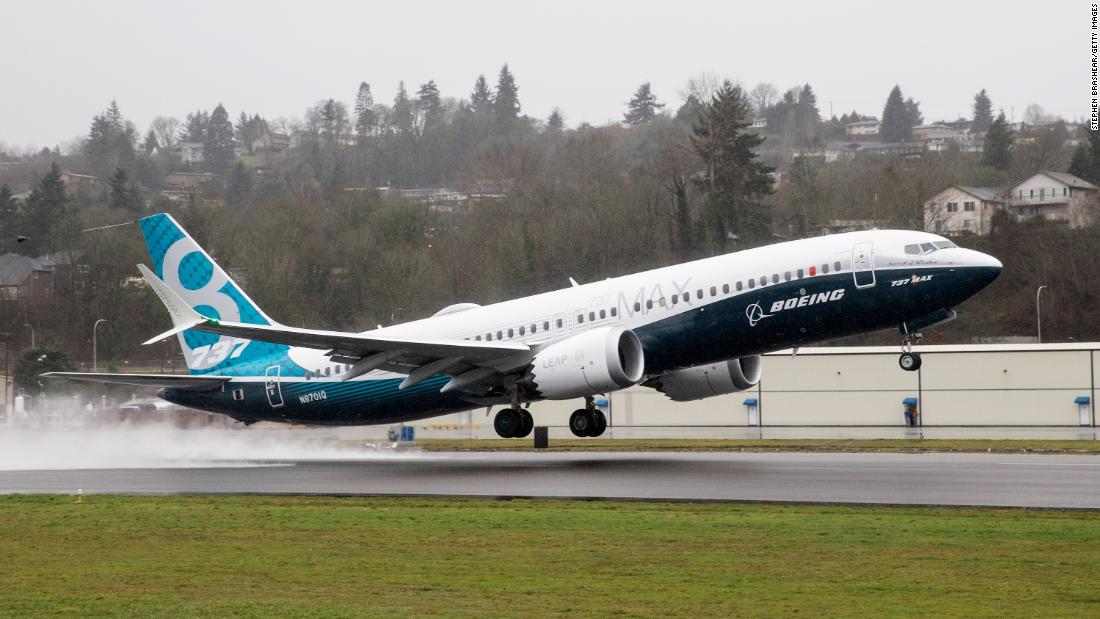Today, a Boeing 737 MAX 8 aircraft operating Ethiopian Airways Flight 302 crashed after takeoff, en route to Nairobi. A few months ago, Lion Air Flight 610, also a Boeing 737 MAX 8, crashed after takeoff. There were no survivors in either incident.

The 737 MAX is an update on the long-running 737 model; the MAX was released in 2017 and is used in many airlines, including American, Southwest, and United, and has future orders for more than 5,000 units. The Boeing 737 is the best selling jet airliner in history and is used throughout the world. The MAX editions bring enhanced engines for longer range and better efficiency, cabin updates, improved electronics and technology, and more seating on some versions.
Similarities between the two crashes :
- Both used very new Boeing 737 MAX 8 aircraft
- Both crashes happened within a few minutes after takeoff
- From preliminary data, it looks like both pilots had trouble maintaining altitude in the climb-out
- Weather was not a factor in either incident
The Lion Air investigation has not concluded, but the focus remains on Boeing’s MCAS system, which has a feature that points the plane’s nose down if sensors determine a stall is imminent. On a flight the day before Lion Air 610 (using the same aircraft), pilots reported difficulty controlling the aircraft. Data is showing that the plane’s electronics, detecting a stall, kept pushing the nose down to prevent it, while the pilots would then try to pull back up. Something similar was happening on Lion Air 610 the next day. What is not confirmed is whether this was a fault of the MCAS computer, or a faulty sensor elsewhere that could have been feeding pilots incorrect info, thereby causing them to take incorrect action. Lion Air is claiming that Boeing did not advise airlines and pilots of this new MCAS functionality while Boeing is saying that this is not the case.
When the investigation is complete, this could potentially be bad for Boeing; however it could also be airlines provided lack of training on the system and pilot error is the cause. We could also find out that a plane was not maintained properly, which would fall on the airline, not Boeing. Having two of it’s aircraft crash within months of each other is not good for Boeing, regardless of the investigation’s outcome.
History shows us that Boeing and Airbus are not perfect; mistakes have been made in engineering, design, and execution of even the most popular airliners. However, the 737 has a very reliable history over many decades. We have also seen in recent years, as lower cost and non first-tier airlines expand, a lack of training (AirAsia 1501 in 2014). As a counter-point, we have also seen lack of pilot training as a cause in major airlines as well (Air France 447 in 2009).
Will these potentially related accidents turn out to be the fault of Boeing? Or will the authorities determine that pilot error, improper training procedures, or faulty maintenance be the cause of these 737 MAX disasters?
